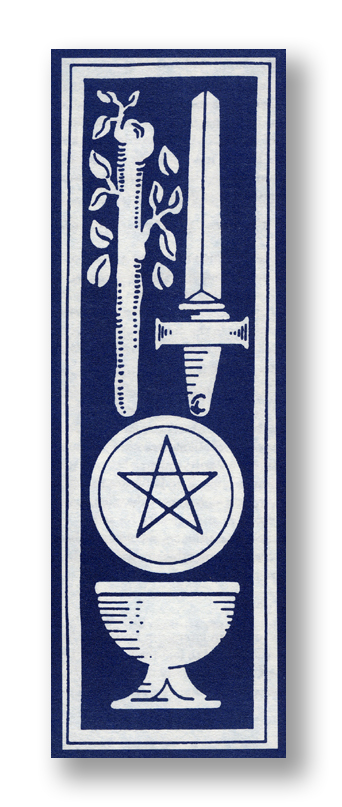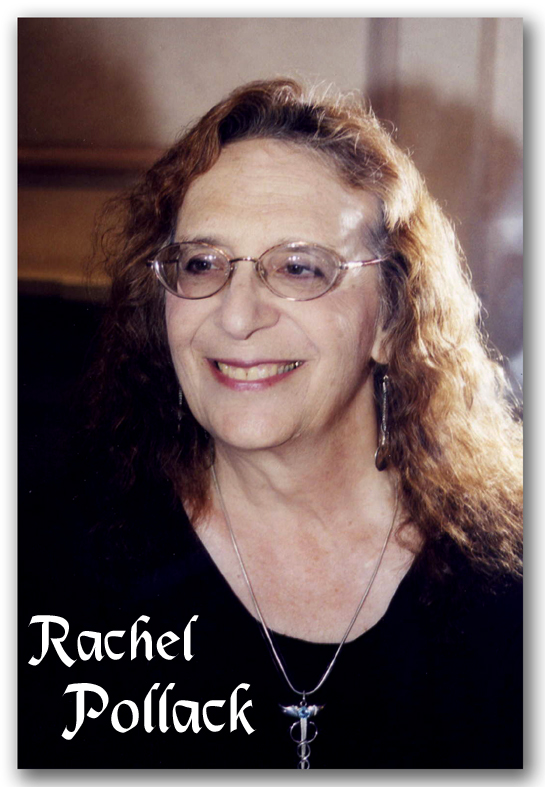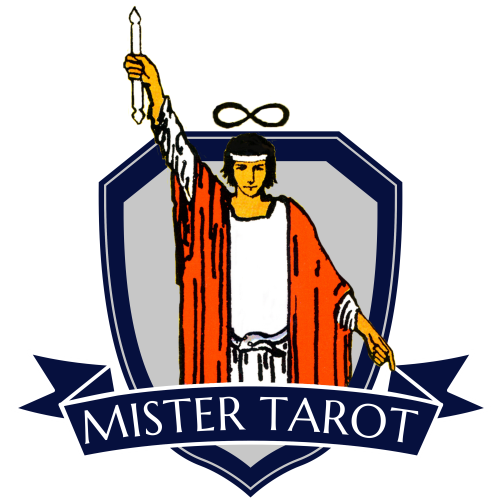I just found some notes about when I attended Australia’s first International Tarot Conference, which was held in Victoria, Australia, in 1997. They brought back great memories of an event that helped to shape my current Tarot reading style.
 The conference featured authors such as Rachel Pollack (author of ’78 Degrees of Wisdom’), Mary Greer (‘Tarot for Yourself’), Caitlin Mathews (‘Arthurian Tarot), Ed Buryn (‘William Blake Tarot’), Paul Fenton-Smith (‘Tarot Revealed’), Dr. James Wanless (‘Voyager Tarot’), and ten other high-profile speakers.
The conference featured authors such as Rachel Pollack (author of ’78 Degrees of Wisdom’), Mary Greer (‘Tarot for Yourself’), Caitlin Mathews (‘Arthurian Tarot), Ed Buryn (‘William Blake Tarot’), Paul Fenton-Smith (‘Tarot Revealed’), Dr. James Wanless (‘Voyager Tarot’), and ten other high-profile speakers.
Some of the talks involved links between Tarot and Celtic myths and traditions. And more than a few of the workshops focussed on the connections between Tarot and Paganism. A good example of this was Cassandra Carter’s fascinating talk about the Triple Goddess and Her representation as the Tarot cards the High Priestess, the Empress, and the Moon.
One of the most interesting sessions at the conference was the opening address by Dr. James Wanless who spoke about his ideas on the direction of Tarot in coming years…
James saw the future of Tarot as being “high-tech”, and in his talk he suggested that the mixture of Tarot and computer technology was inevitable. As one example of this, he explained that the Internet was the ideal place for the creation and dissemination of new forms of Tarot decks. He also said he liked the idea of new forms of Tarot packs being produced each year, because then there was a greater chance of people finding a deck that would appeal to them. He felt that in this way, people would be more inspired to use Tarot.
All participants were then asked to choose a Tarot card at random from their decks. This card was to represent the probable future of Tarot as we enter the new millennium. The card that was chosen by the greatest number of people was The Magician. James suggested this card was appropriate because it represented the need for people to have magic in their lives, and that “Tarot is at the forefront of magic, as it is a tool for transforming consciousness.” He felt The Magician was a positive symbol for the future of Tarot, as it could be seen as “the Messenger of the new millennium.”
 At the time of this conference I was writing for an Australian new-age magazine and I had the pleasure of interviewing some of the overseas speakers. I asked them if they had noticed any differences between the ways in which Americans and Australians approached the subject of Tarot. Rachel Pollack (author of eleven books and winner of the 1988 Arthur C. Clarke Award for her novel ‘Unquenchable Fire’) said that she was pleased to see that Australians had responded to the idea of being part of a cohesive body of professionals, because Tarot in America was “quite chaotic and isolated in structure”.
At the time of this conference I was writing for an Australian new-age magazine and I had the pleasure of interviewing some of the overseas speakers. I asked them if they had noticed any differences between the ways in which Americans and Australians approached the subject of Tarot. Rachel Pollack (author of eleven books and winner of the 1988 Arthur C. Clarke Award for her novel ‘Unquenchable Fire’) said that she was pleased to see that Australians had responded to the idea of being part of a cohesive body of professionals, because Tarot in America was “quite chaotic and isolated in structure”.
Dr. James Wanless suggested that Tarot use in Australia was much more progressive than in other countries. And Mary Greer, who was on her first visit to Australia, found that the people she had spoken to seemed to have a serious approach to Tarot, and compared to America, had more of an interest in using Tarot on therapeutic levels.
As part of these interviews, I discovered that most of these authors shared a similar vision for the future of Tarot, in which they hoped that there would be an increase in its use on practical levels. Dr. James Wanless said that he would like it to be seen as a useful tool in everyday life, and believes that, “Tarot will become much more respected as a serious, in-depth counselling type of tool.” James also believes Tarot cards and the corporate arena can stride hand in hand into the 21st century, and he revealed this is already happening here in Australia, as he is about to give lectures on Tarot and intuition to organisations such as The National Women’s Business Association, and Business Enterprise Centres.
Rachel Pollack thought that Tarot of the future would be linked with technology, but she did not believe computer screens would ever replace the holding of Tarot cards. She suggested computerised cards powered by microchips may eventually be developed, and we might be able to customise the pictures on these cards, or include our own interpretations on that image. Rachel added, “Tarot has many possibilities for its use beyond the traditional, and we need to free ourselves from orthodox traditions. Tarot should not be limited in any way.”
At the close of the weekend, I spoke to the main organiser Anne Shotter, who said the conference had been successful beyond her expectations. I was very impressed by the aura of professionalism surrounding the Tarot Guild and Australia’s first International Tarot Conference. Do whatever you can to attend the next one.
